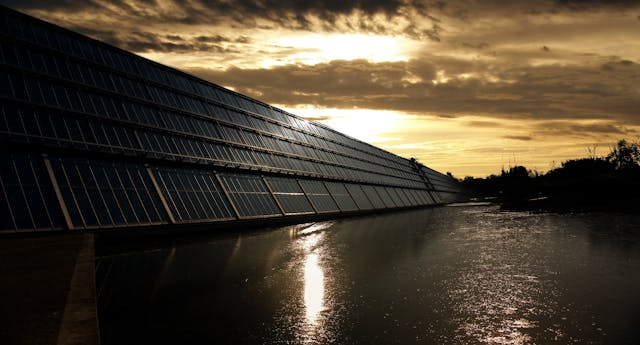Proper installation ensures safe, efficient operation meeting electrical codes and insurance requirements. Many aspects suit DIY installation; others need professional expertise.
Roof vs Ground Mounting
Roof mounting conserves land area, keeps panels secure from theft/damage, and typically orients panels optimally on south-facing roofs. Challenges include working at heights, penetrating roof membrane (requires proper flashing), shading from dormers or trees, and difficult access for cleaning/maintenance. Most tiny houses roof-mount panels using low-profile racking that doesn't exceed height limits for road transport.
Ground mounting eases installation without roof penetrations, simplifies panel cleaning and snow removal, allows optimal tilt angle adjustments seasonally, and positions arrays away from tree shade. Drawbacks include consuming yard space, requiring theft-resistant designs in populated areas, needing concrete footings or earth screws, and potentially longer wire runs increasing voltage drop and costs.
Orientation, Tilt & Shading
South-facing panels (in Northern Hemisphere) maximize annual production. East/west orientations sacrifice 15-25% output but may suit roof constraints. Avoid north-facing installations entirely.
Tilt angle ideally matches latitude for year-round production or optimizes for winter (latitude + 15°) if generator backup handles summer excess. Flat roofs need tilted racks; sloped roofs near optimal angles can flush-mount panels. Seasonal tilt adjustment increases production 20-30% but adds complexity.
Shading dramatically reduces output through series-wired panels — even 5% shading on one panel can reduce entire string output 40-50%. Modern microinverters and power optimizers eliminate shading losses but cost more. Site panels in full sun year-round, accounting for winter's lower sun angle bringing southern trees/structures into shade path.
Wiring, Safety & Grounding
Use properly sized copper wire: 10 AWG minimum for most 48V systems, 8 AWG for long runs over 50 feet. All connections need weatherproof MC4 connectors on panel strings. Install DC and AC breakers/fuses at each connection point: panels to charge controller, controller to batteries, batteries to inverter, inverter to AC panel.
Ground all system components per National Electrical Code: ground panels to racking, racking to earth ground rod, battery frames to ground, inverter to ground. Improper grounding risks fire and shock hazards.
Install batteries in ventilated spaces rated for electrical equipment. Lithium batteries need battery management systems (BMS) to prevent overcharging, undercharging, and thermal runaway. Lead-acid batteries off-gas hydrogen when charging — never install near ignition sources.
Hybrid & Grid-Tied Backup Options
Hybrid systems combine off-grid capability with grid connection for redundancy. Inverters with transfer switches seamlessly switch between solar, grid, and generator power sources. You live off-grid normally but maintain grid connection for backup or net metering (selling excess production in summer).
Grid-tied systems with battery backup prioritize solar, use batteries for evening/overnight, and pull from grid only when batteries discharge. This setup works well on-grid properties, reducing bills 70-90% while maintaining grid reliability.
Common Mistakes & Pitfalls
Undersizing battery banks: New off-grid owners often economize on batteries, causing frequent generator use and battery degradation from excessive cycling. Size batteries for realistic autonomy — 3-5 days minimum.
Poor wire sizing: Undersized wire increases resistance losses (I²R losses), reducing system efficiency 10-20% and creating fire hazards. Calculate voltage drop for all wire runs; keep under 3%.
Mismatched components: Mixing 24V panels with 48V battery banks, oversized charge controllers for small arrays, or undersized inverters for peak loads. Match all voltages and size components for actual system capacity plus growth room.
Neglecting expansion planning: Install conduit and wiring capacity for future panel additions. Add extra panels now if budget allows — panels represent smallest per-watt cost when installing all at once.
